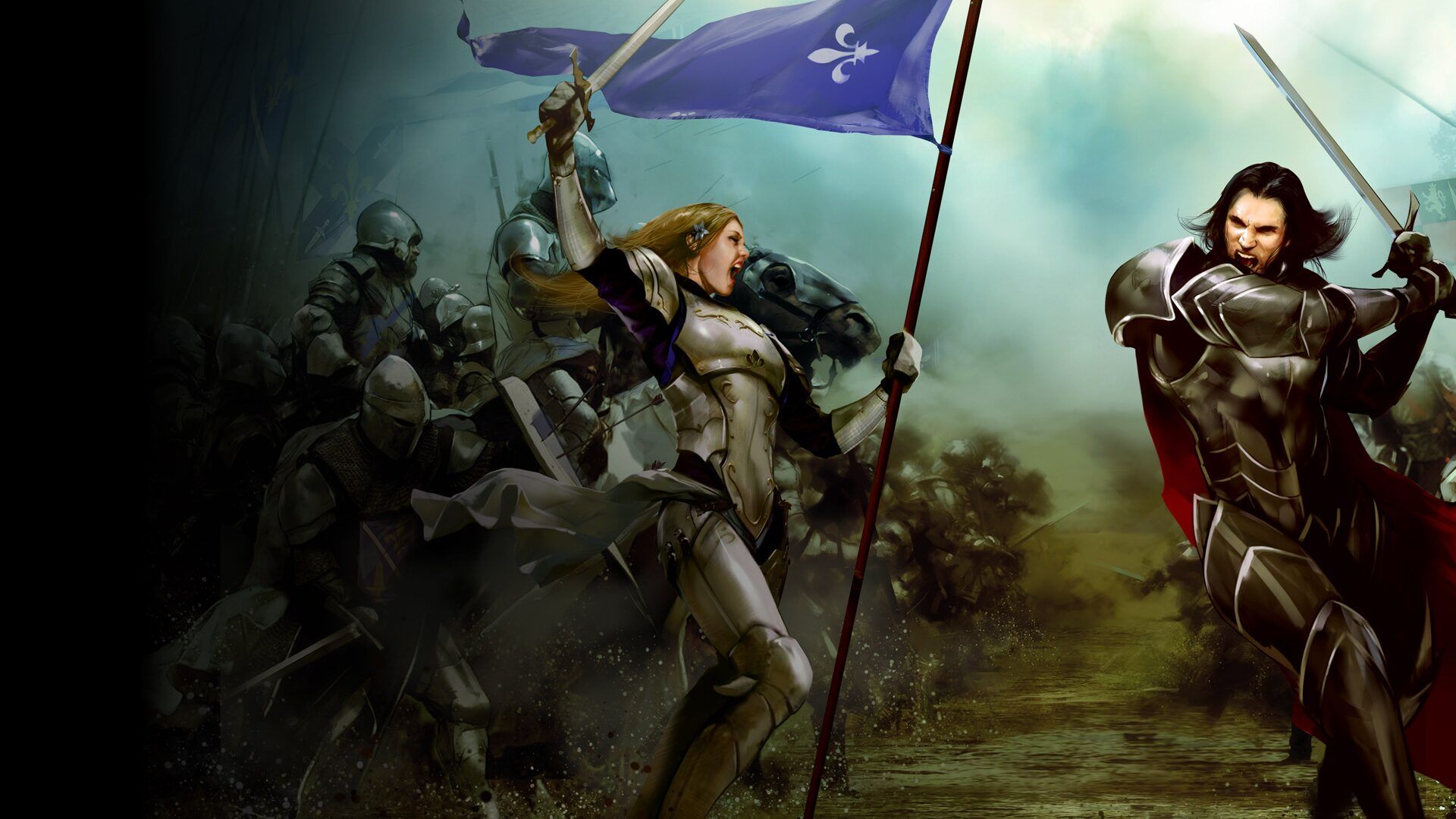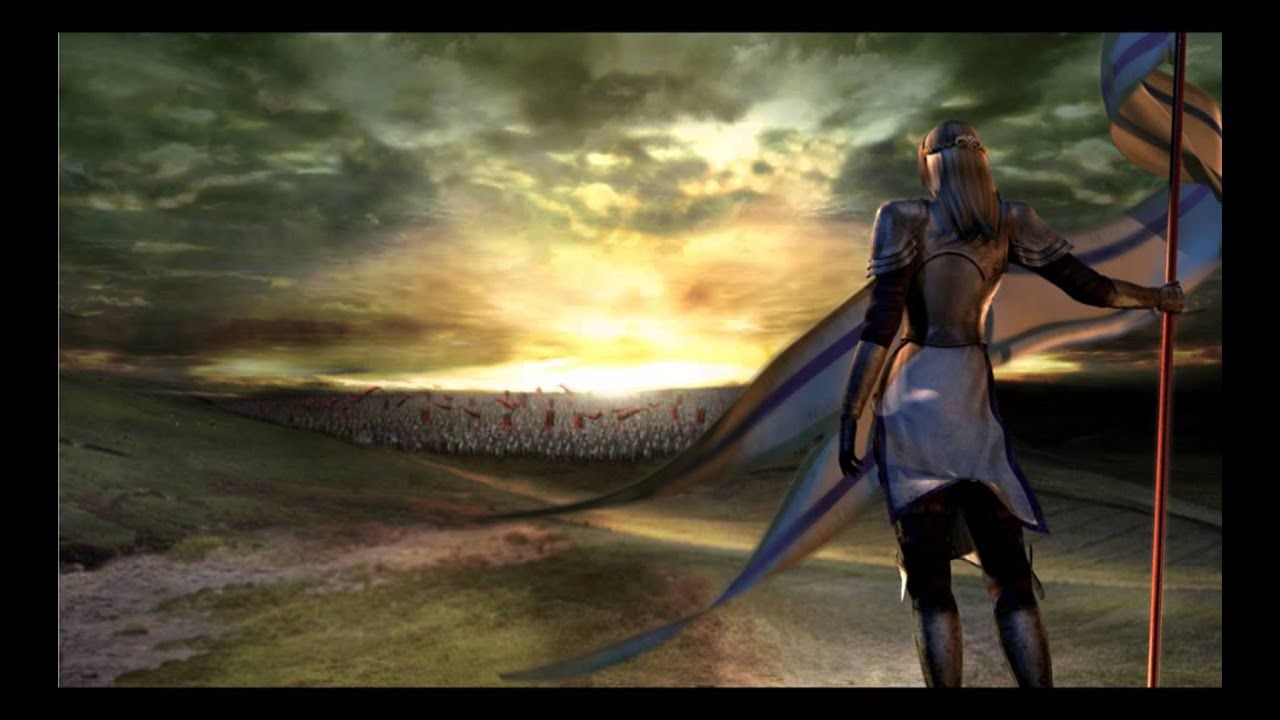Bladestorm: The Hundred Years' War Stirred a Formula
The Koei Tecmo title has won the love of some and hatred from others

Dynasty Warriors is a game series that enjoyed popularity in Southeast Asia for over 2 decades. Outside that market, it hasn’t been so prominent. Koei has often faced criticism that it has milked the franchise with iterative installments. Over the years, the company has tweaked its approach to create different games. Bladestorm: The Hundred Years' War was one such experiment.
Tankards and Swords
In Bladestorm, players are dropped into the Hundred Years' War period (1337–1453). The conflict between France and England rocked Europe during the time, much like the devastating effect of the conflicts of the Three Kingdoms period, in which three dynasties – the Shu-Han, Wu, and Wei – were tangled in war. Both conflicts had famous, larger-than-life people.
Historic figures such as Joan of Arc, Edward the Black Prince, and Gilles de Rais step onto Bladestorm’s battlefields. Unlike in Dynasty Warriors, you do not take control of them. You play as an anonymous mercenary who can decide whether to support the French or English.
A scene from Bladestorm's opening cinematic. From Jaklyman.
The game differentiates itself from the Dynasty Warriors franchise through its gameplay. As the player character, you command a group of soldiers. Your squadron can comprise knights, spearmen, archers, etc. Each troop type has specific strengths and weaknesses, so it’s important to choose the one that fits the particular battlefield situation the player faces.
You get access to more troop types when one obtains their books, the items that let you unlock them in battle. Further depth develops through the upgrade system, which allows one to specialize in certain troops. The troops differ in movement speed, attack type, and durability — as a result, the playing experience can change during battles.
Battle's Ambiance
In Bladestorm, the tavern is the headquarters of a player’s activities. It is where one procures contracts, listens to gossip, buys items, and more. This comfy home base is full of eccentric characters.
Thick accents and cheesy jokes fill the air of the hall. It sounds like the voice cast had a lot of fun while they recorded their lines, which adds to the playful atmosphere. This is not an accurate historical recreation — divisions of ninjas, elephants, and monks might face off against armored knights. There is great fun in this absurdity.
The tavern in Bladestorm. From iPlay Retro.
The soundtrack that accompanies all of this is also highly emotive. Often, choirs and bells rise in crescendos as you cut down hundreds of your foes. Jamie Christopherson – gamers might know him from his work on the Lost Planet franchise, Metal Gear Rising: Revengeance, and the Dead Rising franchise – created the memorable music. As with his previous compositions, he held nothing back in Bladestorm.
One aspect of the game that doesn’t stand out is the graphics. No amount of bloom can hide the fact that the environments are large, bare spaces. And with such large numbers of troops onscreen, there can be some lag too.
To Fight with Strategy
Bladestorm’s gameplay is a divisive topic. In effect, combat involves holding down only one button to attack, which put off gamers who might seek a more varied experience. But the apparent simplicity hides a deep system.
Bladestorm: The Hundred Years' War. From 10min Gameplay.
Troop types have special attacks that are accessed through the controller’s face buttons. These attacks, such as the javelin-throw of spear soldiers, add different dynamics to encounters. Unlike in Dynasty Warriors where there is a sense of brute power, the player character is quite vulnerable, so it is important to be mindful of the abilities of enemy troops.
Another vital factor on the battlefield is the strength and weakness of troop types. Cavalry, for example, are strong against sword-wielding soldiers yet need to be wary of troops with long spears. This rock, paper, scissors dynamic keeps a player on their toes since defeat could come unexpectedly without proper preparation. It also forces them to experiment with more than one troop type to better counter the various enemies.
A View from Above
Bladestorm: The Hundred Years' War, like its Dynasty Warriors brethren, appeals to a player who enjoys the quirky mix of action and strategy. The war itself plays out on large maps. Each battle changes the outlook of the war, so it feels like every action matters.
A tug of war exists between the French and English in the game’s battles. You can’t be everywhere at once, and on the dynamic battlefield, it is vital to visit the correct areas because the enemy will also push to capture strongholds.
The routine of Bladestorm’s gameplay loop is not as frenetic as one might expect, which perhaps did not endear it to some. Paradoxically, for a war game, it is quite a calming experience. Long distances between checkpoints, the stretches of nature, and the beautiful soundtrack create moments of relaxation between battles.

In no other title is the tragic absurdity of war itself so apparent. The fact that the game doesn’t take itself too seriously reassures the player that, no, you don’t need to strain yourself all the time here. Relax instead.
Not every title will be for everyone. Bladestorm: The Hundred Years' War's reception is a reminder of that fact. It also shows the medium has so many genres, sub-genres, and developers that one is bound to find something that caters to our idiosyncratic tastes. To some, that gem is a tactical action video game that dared to be weird, cheesy, and outlandish.